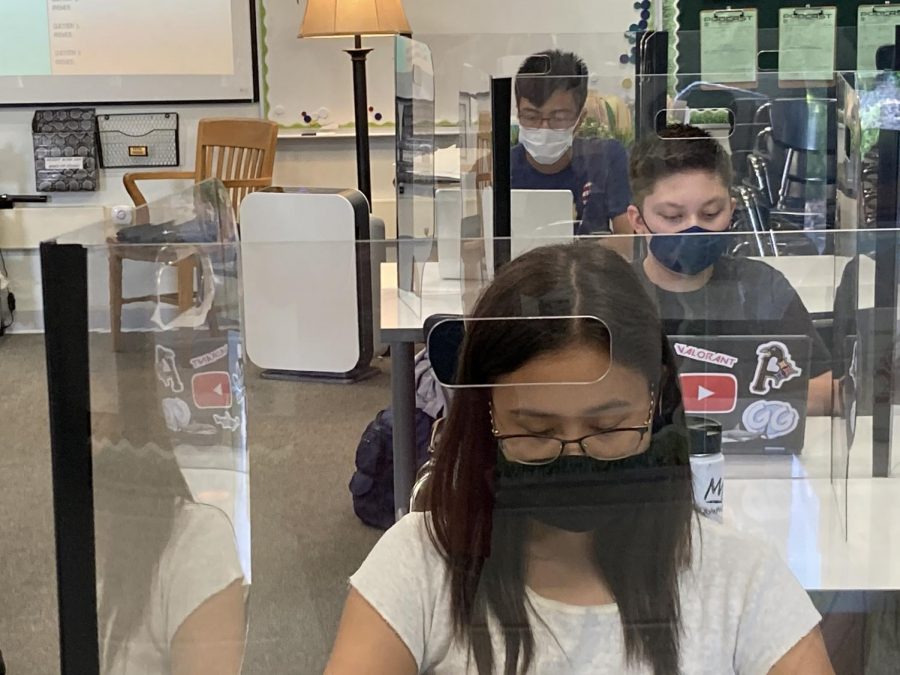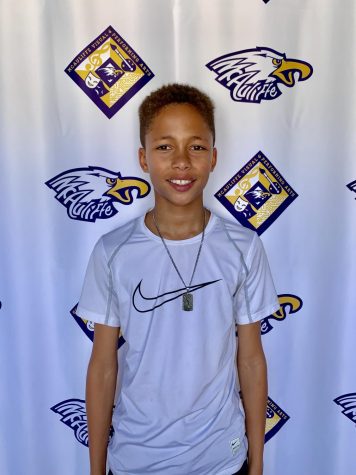Hybrid Learning at McAuliffe Middle school
Mr. Thomson’s fifth period, cohort B.
October 8, 2020
McAuliffe Middle School has recently ended its school closure and transitioned into its new schedule called hybrid learning. Some may know this as blended learning or partially in-person, partially virtual.
Hybrid learning is giving teachers and students the best of both worlds, helping the school become more tech-savvy, but also allowing students to socialize and ask questions in person. This is the traditional way of education that we are used to and many McAuliffe students are excited to be back to something familiar.
Although hybrid learning sounds more fun and enjoyable, there are also many downsides, such as the two different schedules at unusual times. Cohort A students attend in the morning while Cohort B students attend in the afternoon, and this can lead to some interesting lunch times. Also, each period is only 38 minutes, and getting to class takes longer because you have to follow the directional arrows.
Additionally, during hybrid, you have to wear a mask for almost three hours. And don’t forget the technical difficulties that most people experience during the Wednesday classes online. According to Mr. Thomsom, an eighth-grade history teacher at Mcauliffe Middle school, “Learning the schedule and getting used to seeing students at irregular times has been a challenge and assigning an appropriate workload has also had its challenges, but overall I’m happy to have kids back in my room in any capacity.”
Even if those disadvantages are annoying and challenging, there are many advantages to learning in person. For instance, one main factor that is still a problem during online classes is credibility. For example, being online makes it easier for students to cheat on tests.
According to Ethan Lee, an eighth-grader at Mcauliffe Middle School, “During this pandemic, I think that hybrid schedule is an excellent way of learning. In our daily lives, we need to talk to others. Cramped up in our house every day can lead to loneliness and depression. For face-to-face learning, it can be unsafe. You can’t expect every germ or bacteria to stay away from you. [But] overall, I feel like hybrid learning is necessary for this time and we should stay safe for ourselves and others.”
The relationships between students and teachers may not be as strong as last year because they are only seeing each other a little over an hour in person each week. But all in all, some would argue that hybrid learning is more beneficial than an online-only education for the social aspect. Most McAuliffe students are glad to be back in school because they haven’t seen their peers for many months.


